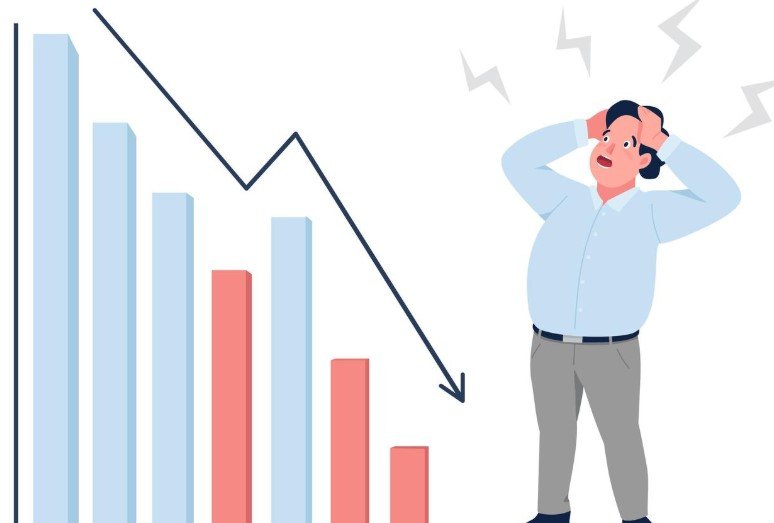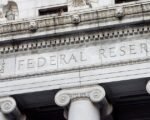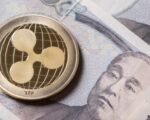A massive shadow banking crisis is brewing in China, with trillions in risky loans tied to failing property markets and local governments. Experts warn this could spread to Wall Street and beyond, shaking global finance as early as 2025.
This unfolding issue centers on nonbank lenders that operate outside strict rules, fueling credit where traditional banks hold back. With China’s economy slowing and interest rates high worldwide, these shadow systems face liquidity crunches that might trigger wider fallout.
What Is Shadow Banking and Why It Matters Now
Shadow banking includes trusts, wealth products, and private funds that lend money without the oversight of regular banks. In China, this sector has grown to about three trillion dollars, supporting real estate and local projects.
Recent events show cracks forming. Major players like Zhongzhi Enterprise Group defaulted in 2024, leaving investors with huge losses. Property giants such as Country Garden teeter on the edge, unable to repay shadow loans amid a housing slump.

Globally, shadow banking tops seventy trillion dollars, per financial watchdogs. It fills gaps in credit but hides risks like mismatched loans and sudden cash shortages.
This matters in 2025 because high global interest rates squeeze borrowers. A single failure in China could ripple through commodity markets and slow world growth.
China’s Property Bust Fuels the Fire
China’s real estate sector, once a growth engine, now drags the economy down. Home sales dropped over twenty percent in early 2025, leaving developers buried in debt.
Shadow banks lent heavily to these firms, often through wealth management products promising high returns. When property values crashed, defaults spiked, hitting regional banks hard.
Local governments relied on these funds too, using land sales to borrow off the books. With land values falling, many face insolvency risks.
Analysts predict more pain ahead. Bad loans in shadow banking could double this year, straining China’s overall financial system.
The government stepped in with stimulus, but experts say it might not fix deep-rooted issues like overbuilding and weak demand.
Global Risks from the Shadow Credit Boom
The crisis extends far beyond China. In the US, private credit funds hold over two trillion dollars, lending to companies that banks avoid.
Europe faces similar threats, with nonbank assets growing fast amid economic slowdowns. Regulators warn of hidden leverage that could amplify shocks.
If China’s shadow sector contracts sharply, it might cut demand for global commodities like steel and oil. This could push prices down and hurt exporting nations.
Investors on Wall Street watch closely. Stock markets dipped in mid-2025 on news of Chinese bank mergers, signaling broader fears.
A table below shows estimated shadow banking sizes in key regions as of 2025:
| Region | Estimated Assets (Trillions USD) | Main Risks |
|---|---|---|
| China | 3 | Property defaults, liquidity freeze |
| United States | 25 | High leverage in private funds |
| Europe | 20 | Regulatory gaps, economic slowdown |
| Global Total | 70 | Contagion from interconnected loans |
This data highlights how interconnected these systems are, raising stakes for a worldwide impact.
Regulatory Efforts and Challenges Ahead
Governments worldwide ramp up oversight. China tightened rules on wealth products in 2024, aiming to curb risky lending.
The US Federal Reserve eyes private credit more closely, pushing for better transparency. Europe follows suit with stress tests for nonbanks.
Yet challenges remain. Shadow banking thrives in regulatory shadows, making full control tough. Enforcement often lags behind innovation in finance.
Experts call for global coordination to prevent a repeat of the 2008 crisis, where similar off-balance-sheet risks sparked a meltdown.
In China, recent bank absorptions swallowed forty small lenders in one week, showing urgent fixes but also underlying weakness.
How This Affects Everyday Investors and Economies
For average people, a shadow banking crisis means higher borrowing costs and slower growth. In China, families lose savings tied to failed wealth products.
Globally, it could lead to job losses in export-dependent industries. Stock and bond markets might swing wildly on bad news.
Here are key ways to protect yourself:
- Diversify investments away from high-risk funds.
- Watch for signs of credit tightening in your local economy.
- Stay informed on global financial news for early warnings.
Logical reasoning suggests preparing now, as past crises like 2008 taught that opacity breeds bigger problems.
Looking Forward: Can Disaster Be Averted
Optimists point to China’s massive reserves and quick policy moves. Recent stimulus boosted stocks in late 2025, offering short-term relief.
Pessimists argue debt levels are too high, with credit creating less growth each year. It now takes eighteen units of credit for one unit of GDP in China.
Balancing views, a soft landing seems possible if reforms address root causes like overreliance on property.
The world watches as 2025 unfolds. Share your thoughts in the comments below, and pass this article to friends who follow global finance. Your insights could help others navigate these risks.








